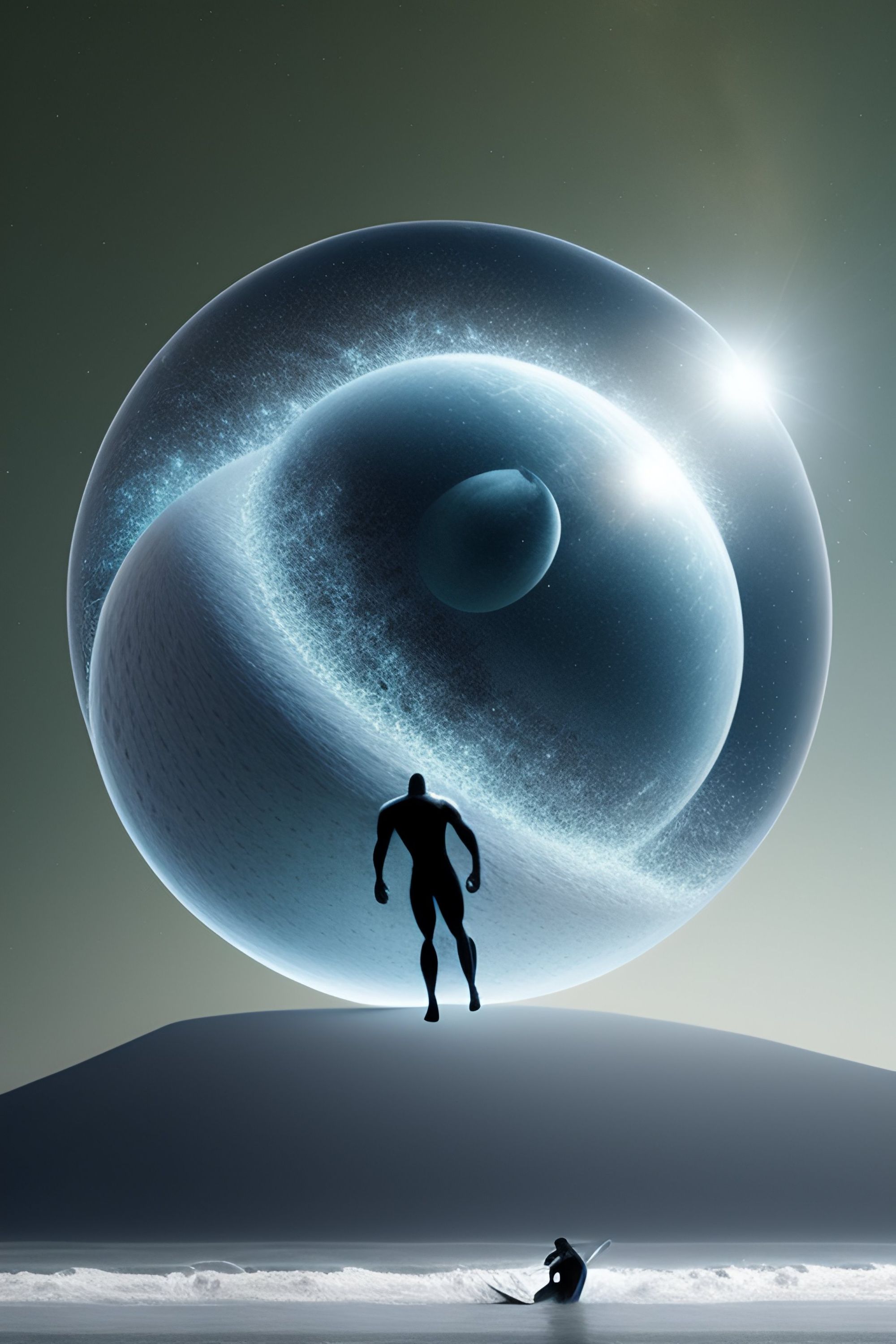The Quantum Quandary
In "The Quantum Quandary: The Paradox of Choices," Eleanor and Victor's journey through the quantum landscape serves as a metaphor for the complexities of human existence.

In the hallowed halls of the Quantum Institute, Dr. Eleanor Sinclair, a brilliant physicist, stood before an array of blinking monitors and humming supercomputers. Her quest for understanding the mysteries of quantum physics had led her to the precipice of an enigma—the Quantum Quandary.
For years, she had delved into the intricacies of quantum mechanics, seeking answers to questions that challenged the very fabric of reality. The quantum world was a realm of uncertainty and duality, where particles existed in multiple states simultaneously, and the concept of choice became a conundrum.
One fateful day, a series of experiments in her lab led to a startling discovery. It appeared that the act of observation itself influenced the behaviour of quantum particles, a phenomenon known as the observer effect. Eleanor realized that choices made by conscious observers could shape the outcomes of quantum experiments, blurring the line between science and philosophy.

The implications were staggering. If consciousness could influence the behavior of particles at the quantum level, what did it mean for the nature of reality itself? Eleanor's mind raced with possibilities, and she found herself grappling with the profound responsibility that came with this newfound knowledge.
In the midst of her research, Eleanor received a visit from an enigmatic figure named Dr. Victor Kane, a fellow physicist and a proponent of radical ideas in quantum philosophy. He believed that the observer effect held the key to unlocking the true potential of human consciousness—a power that could reshape reality itself.
As Eleanor and Victor delved deeper into their experiments, they discovered the existence of a quantum realm beyond the known boundaries of science. It was a place where choices became the building blocks of alternate realities, where the past, present, and future coexist in a tapestry of infinite possibilities.
Their journey through this quantum landscape revealed a profound paradox—the more choices they made, the more complex the quantum realities became. They found themselves entangled in a web of alternate lives and divergent paths, each choice branching into a new quantum universe.

Amidst the complexity of their exploration, Eleanor and Victor faced ethical dilemmas. The power to shape reality brought with it the responsibility to use it wisely. They grappled with the consequences of their choices, the moral implications of altering the fabric of existence, and the intricate web of cause and effect that governed their actions.
In the end, Eleanor and Victor stood at the crossroads of their quantum quandary, their choices echoing through the multiverse. They realized that the true power of consciousness lay not in shaping reality to their whims but in understanding the interconnectedness of all things.

As they made their final choice—to observe the quantum realm without interference—they glimpsed the beauty of a universe where choices led to growth, where complexity gave rise to consciousness, and where the enigma of the Quantum Quandary remained a testament to the boundless mysteries of existence.
In "The Quantum Quandary: The Paradox of Choices," Eleanor and Victor's journey through the quantum landscape serves as a metaphor for the complexities of human existence, reminding us that our choices, no matter how small, have the power to shape the tapestry of our lives and the vast expanse of the cosmos.




